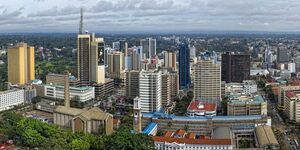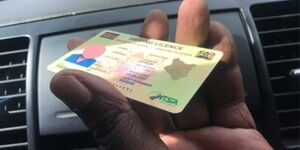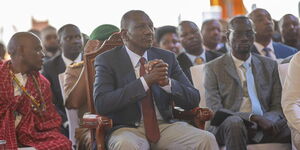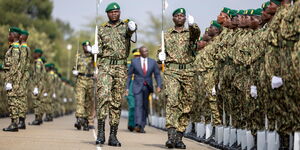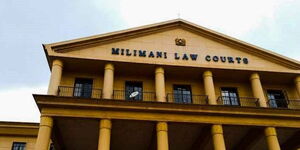Most Kenyans refer to the Ksh20 coin as pound and it is a nationally accepted name for the legal tender.
There are intrigues behind Kenyans adopting that name to refer to the Ksh20 note and later the acclaimed Ksh20 coin.
The origin dates back to the country's colonial era under British rule.
The country adopted Britain’s currency naming system which at that time used Shillings as part of its currency unit.
At that time, British money was divided up into pounds, shillings and pence and the same was adopted in Kenya, Uganda, Tanganyika and Zanzibar.
One penny was divided into two halfpennies, or four farthings and 12 pennies made one shilling.
To get a pound, you needed to have 20 shillings- hence birthing the name to describe Ksh20.
While the pound was popular in the United Kingdom, it only became a household name in Kenya after World War 1.
At the time, a London-based East Africa Currency Board (EACB), which would cater to the existing protectorates (Kenya, Tanganyika, Uganda, Zanzibar), replaced the Mombasa Currency Board.
In 1949, EACB introduced a new note that was worth 20 shillings and was known as pound.
The pound note ceased to be the legal tender in September 1967, when the Central Bank of Kenya began printing and minting its own currency replacing EACB.
While Kenya stopped using the Ksh20 note in 1967 and Britain dropped the Shillings unit in its currency in 1971, the name was adopted for the Ksh20 coin ever since.

